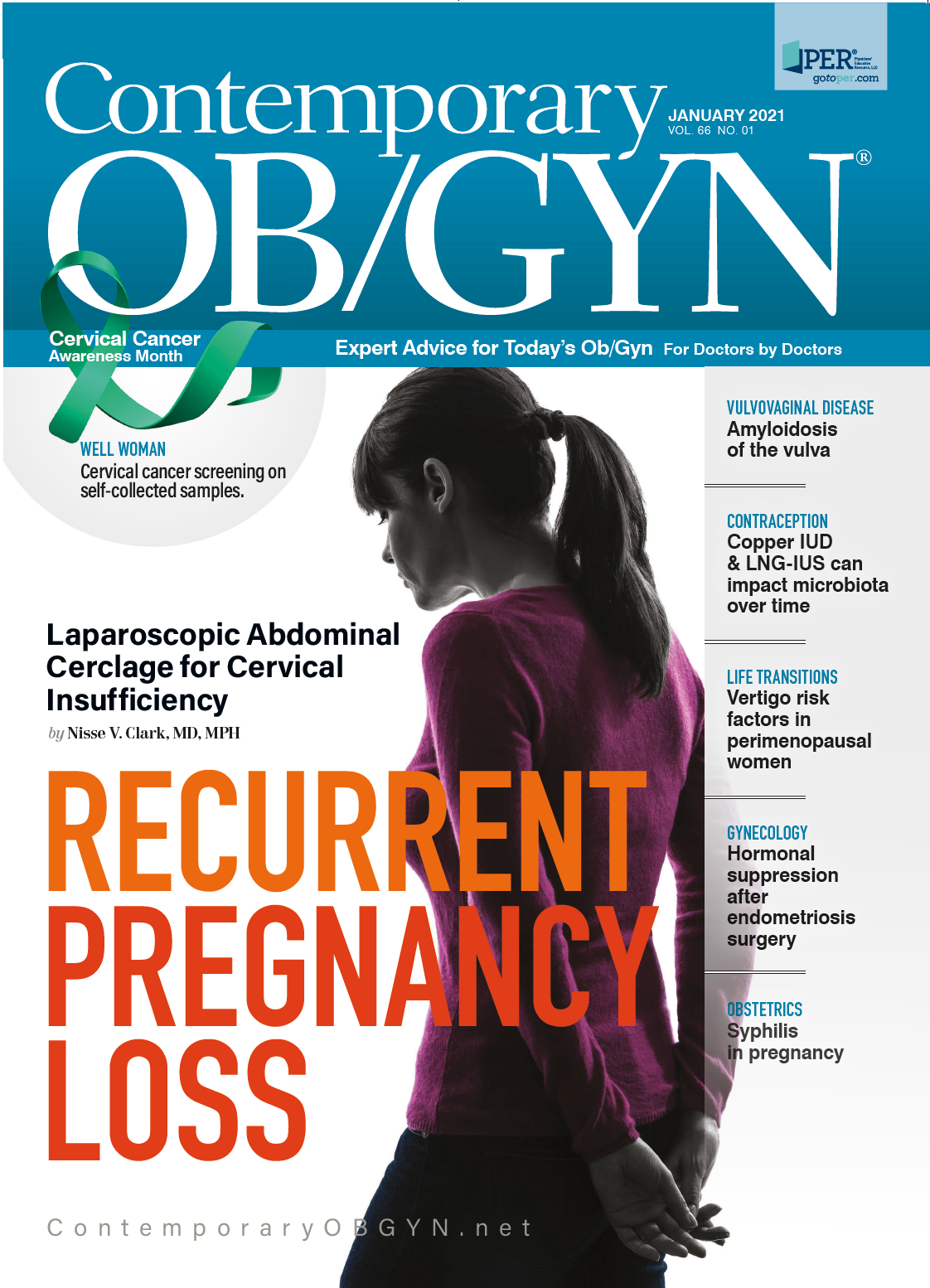Study finds copper IUD and LNG-IUS can impact microbiota over time
Neither the levonorgestrel-releasing intrauterine system (LNG-IUS) nor the copper intrauterine device (IUD) impact the incidence of cellular atypia, but do interfere with the microbiota over time, according to liquid-based cervical cytology and microbiological analyses.
The cross-sectional Brazilian study, published in the European Journal of Obstetrics & Gynecology and Reproductive Biology, found that the copper IUD is linked to bacterial vaginosis and the Actinomyces specie infection, whereas the LNG-IUS is connected to candidiasis and cytolysis.
The study, which was performed in the Northeast of Brazil between January 2012 and December 2017, divided patients into three groups: the LNG-IUS group (n = 1179), the copper IUD group (n = 519) and a control group of women not using contraception (n = 14,616).
The mean age of the LNG-IUS and IUD groups was roughly 36 years, compared to about 35 years for the control group.
The average number of previous pregnancies was low in all three groups, ranging from 1.5 to 1.6.
The mean time between dispositive placement and examination was 19 months for the LNG-IUS and 17 months for the IUD.
The most frequent complaint among all three groups was vaginal discharge: 15% among non-users, compared to 16.2% for IUD and 15.8% for LNG-IUS.
But pruritus was more prevalent in the LNG-IUS group: 31.% vs. 1.5% for non-users and 1.2% for IUD.
Conversely, malodor and pelvic pain were more frequent in the IUD group: 3.1% and 2.3%, respectively, compared to 1.9% and 1% among non-users and 1.4% and 0.3%, respectively, among LNG-IUS users.
The frequency of epithelial atypia via cytological analysis did not differ between the three groups. However, inflammatory infiltration with no specific pathogen was significantly more frequent in the LNG-IUS and IUD groups than in the control group: 54.9%, 57.2% and 50.2%, respectively.
Cytolysis was also significantly more likely in the LNG-IUS group vs. the two other groups: 2.6% vs. 1.5% for non-users and 0.6% for IUD.
Candida morphotype occurred in 8.9% of non-users vs. 8.1% in LNG-IUS and 3.5% in IUD.
In addition, bacterial vaginosis and Actinomyces species were observed more frequently in the IUD group compared to the other two groups: 14.8% and 10.2%, respectively, compared to 11.1% and 0% in non-users and 9.7% and 1.3% in LNG-IUS.
Bacterial vaginosis was also significantly more common when using an IUD for more than 2 years than for less than 2 years: 21.2% vs. 9.5%, respectively.
“The association between IUDs and bacterial vaginosis, diagnosed using Nugent score and polymerase chain reaction (PCR), is described elsewhere and time of use increases the likelihood of this association,” the authors wrote.
The Actinomyces morphotype occurred at a statistically significant greater frequency after 2 years of IUD use compared to less than 2 years: 17.8% vs. 3.9%.
The authors said a better way to valid the association of dispositives to a high-grade squamous intraepithelial lesion (HSIL) and cancer would be a large cohort study with more cases containing a histologic diagnosis.
Nonetheless, the authors believe the current study’s number of cases are sufficient to assess microbiological and reactive findings with confidence.
__
Reference
- Eleuterio J Jr., Giraldo PC, Concalves AKS, et al. Liquid-based cervical cytology and microbiological analyses in women using cooper intrauterine device and levonorgestrel-releasing intrauterine system. Eur J Obstet Gynecol Reprod Biol. 2020 Sep 30;255:20-24. doi:10.1016/j.ejogrb.2020.09.051

Recap on reproductive rights with David Hackney, MD, MS
December 20th 2022In this episode of Pap Talk, we spoke with David Hackney, MD, MS, maternal-fetal medicine physician at Case Western Reserve University and chair of ACOG's Ohio chapter for a full recap of where restrictions on reproductive rights have been and where they're going.
Listen
In this episode of Pap Talk, Gloria Bachmann, MD, MSc, breaks down what it means to be a health care provider for incarcerated individuals, and explores the specific challenges women and their providers face during and after incarceration. Joined by sexual health expert Michael Krychman, MD, Bachmann also discusses trauma-informed care and how providers can get informed.
Listen
No link found between hormonal contraception and clitoral adhesion severity
February 28th 2025A recent study presented at the ISSWSH 2025 Annual Meeting found no significant association between hormonal contraceptive use and the severity of clitoral adhesions, though researchers emphasize the need for further investigation.
Read More
